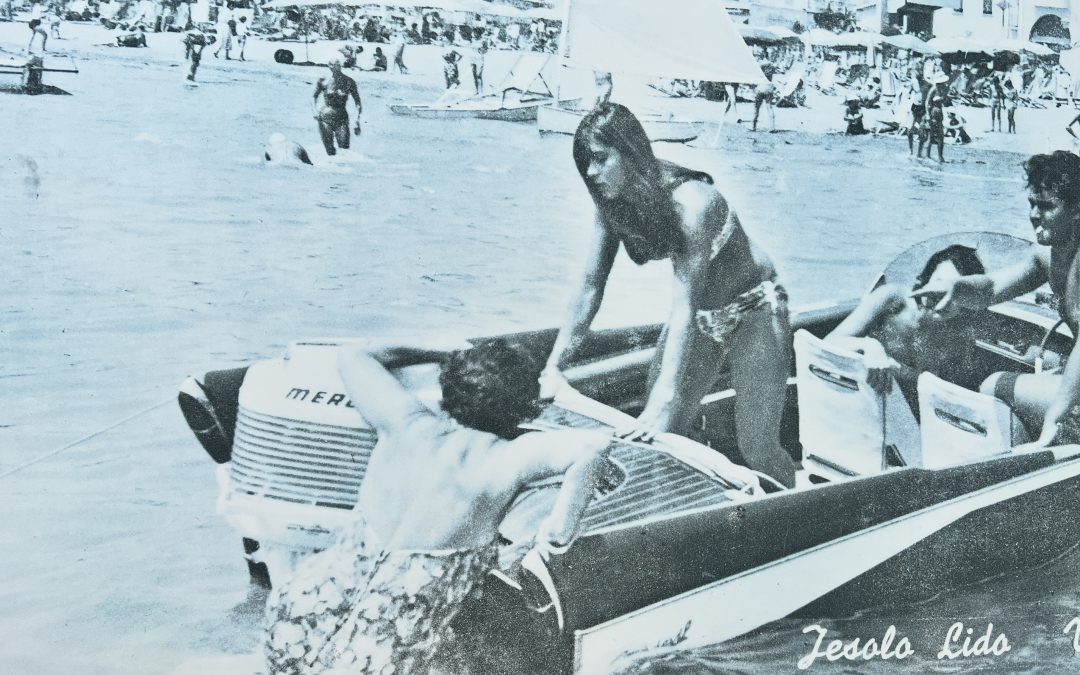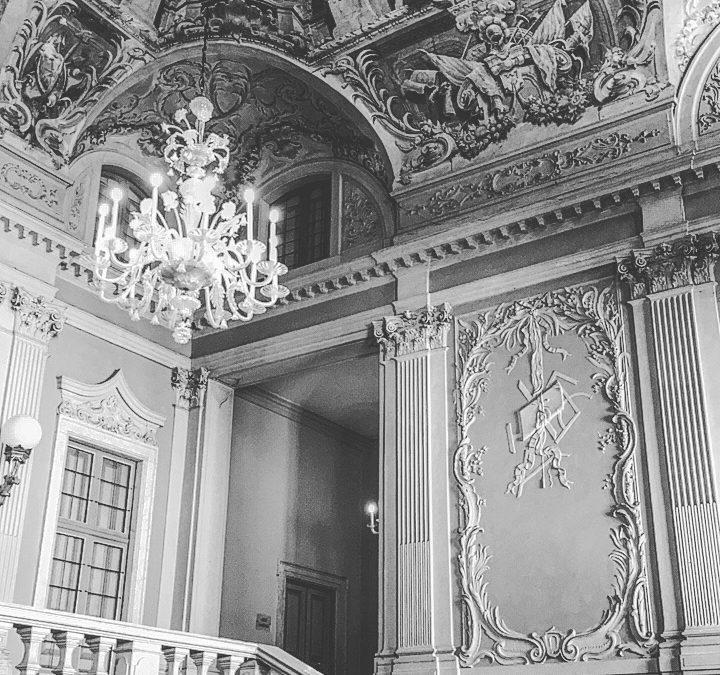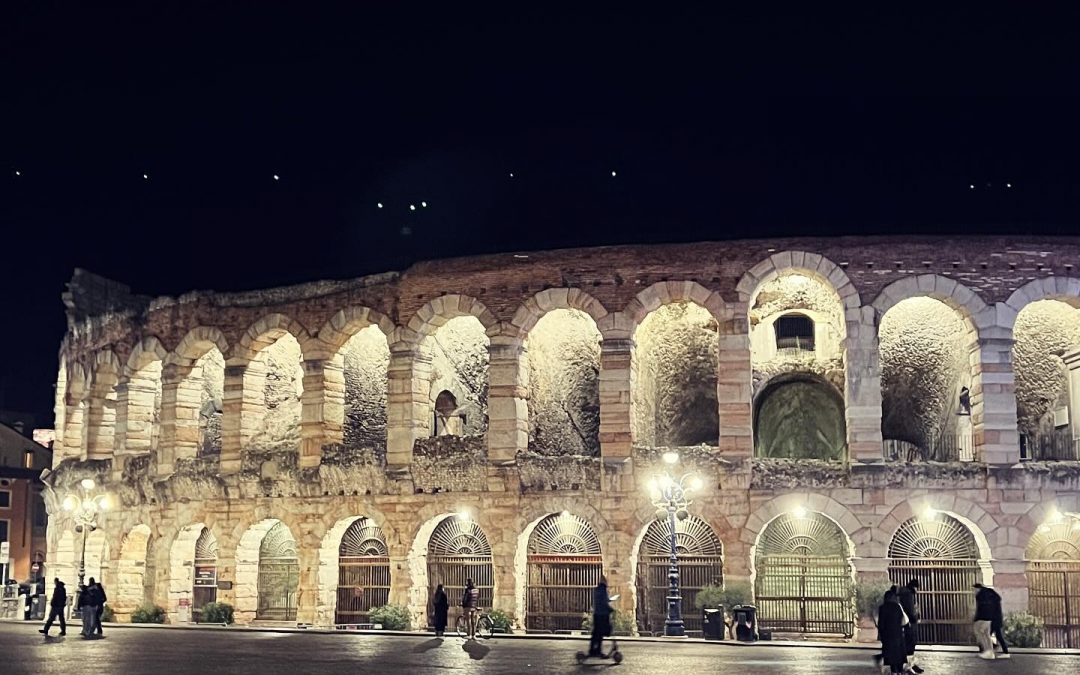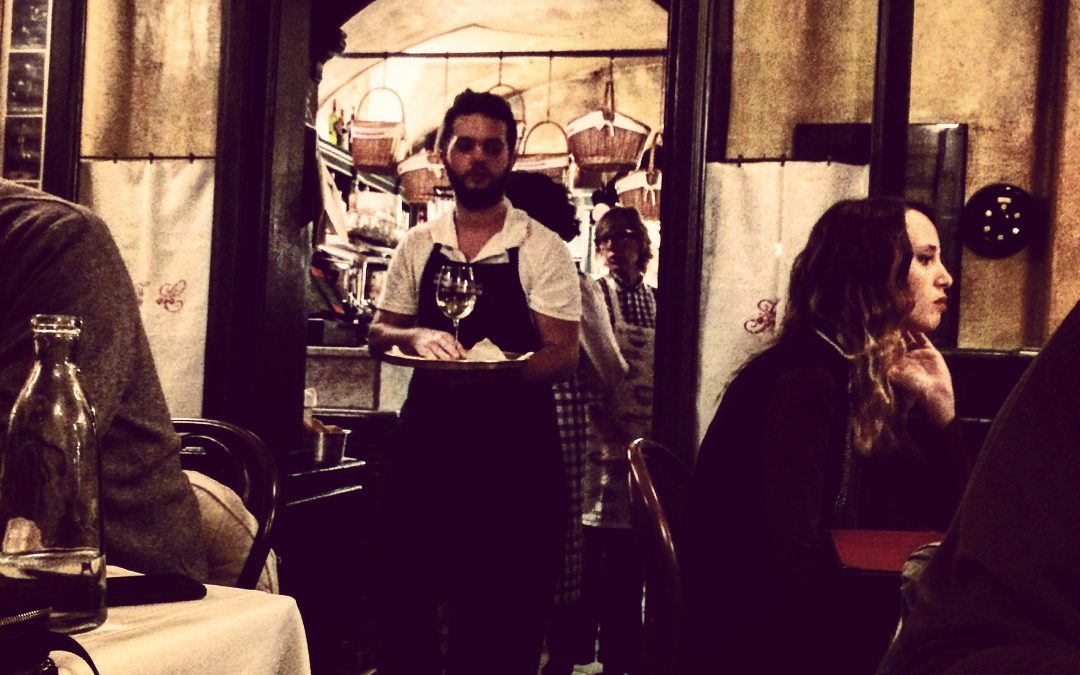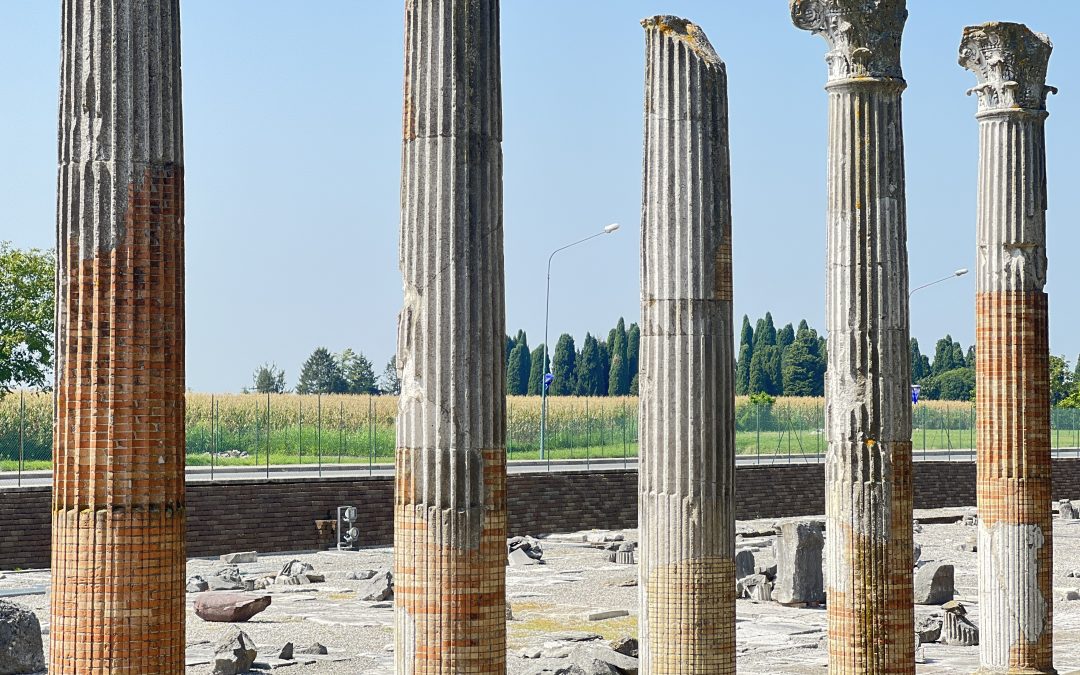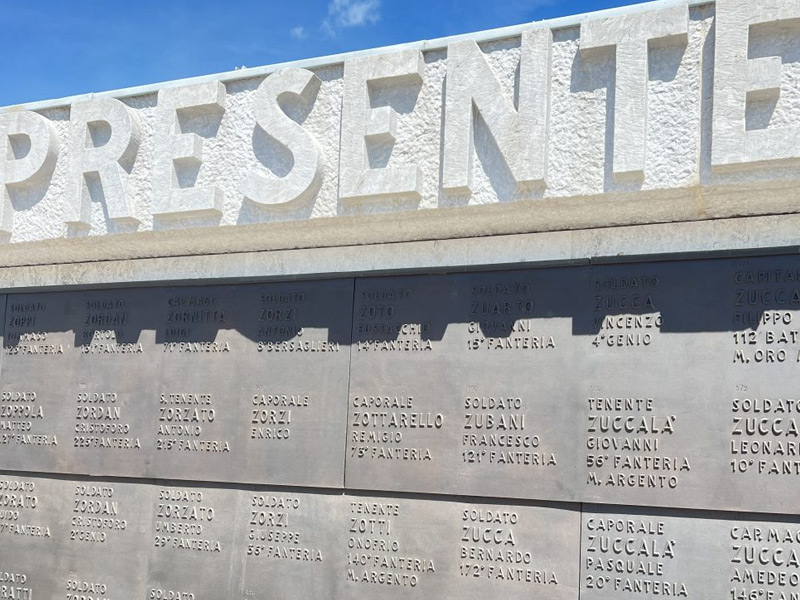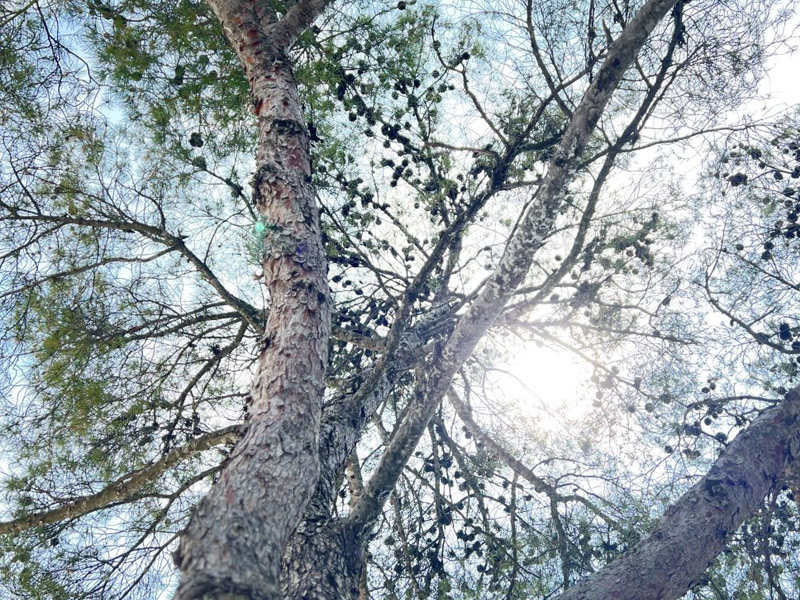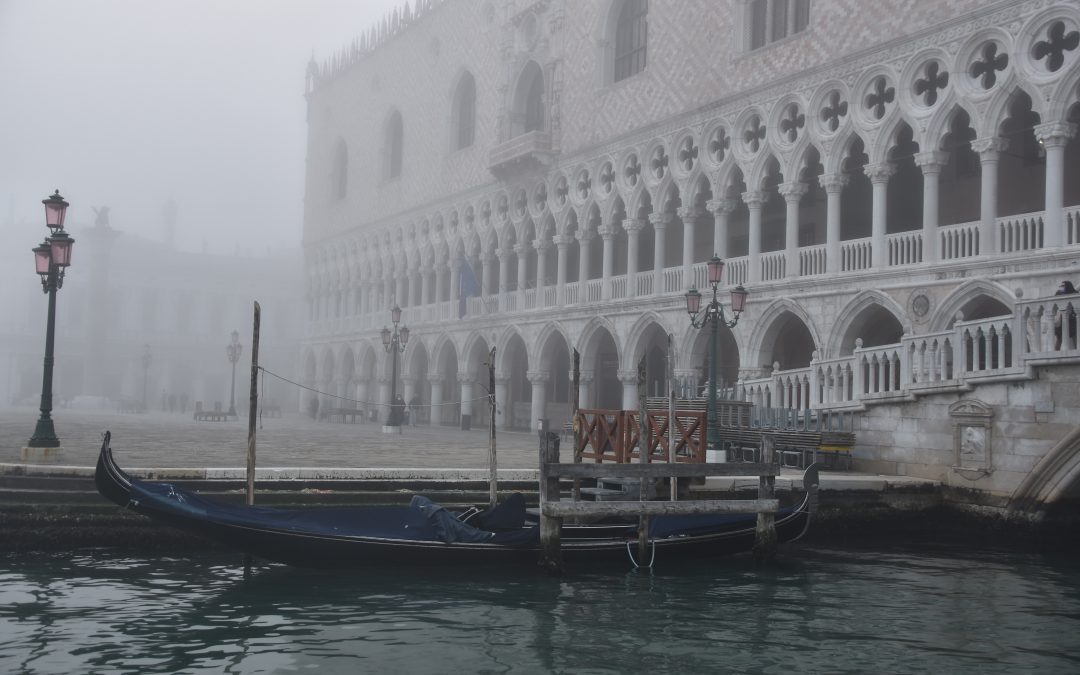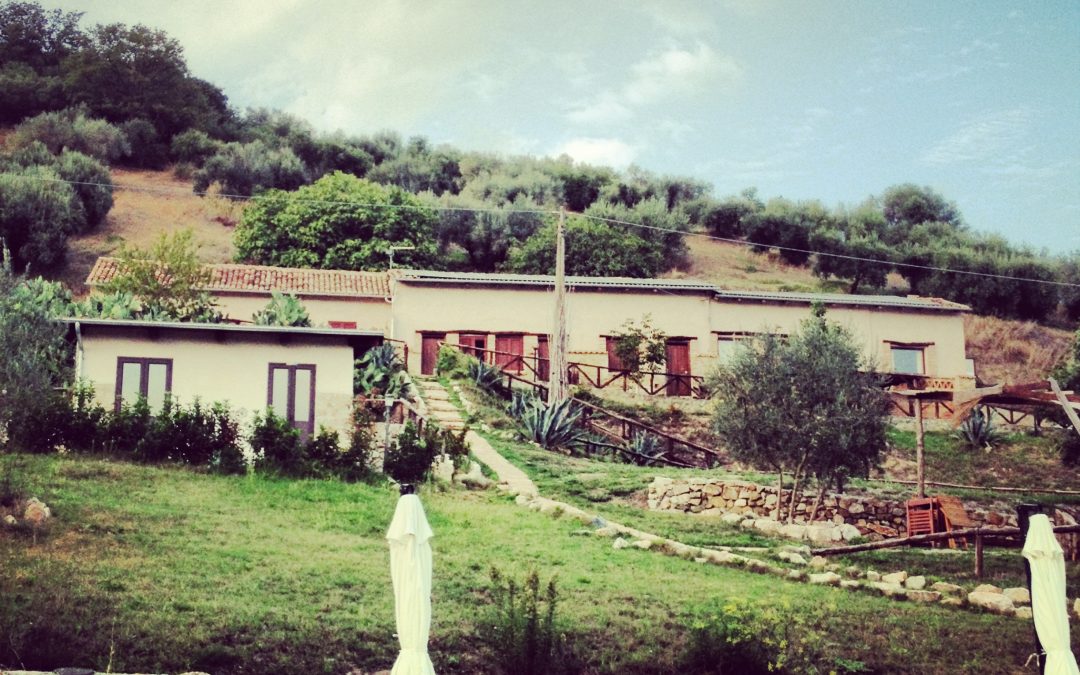I've always been a little bit sniffy about a place called Eataly, located on the harbour front in Trieste. I thought it might be a gimmicky - and why would you choose to shop and eat in a huge converted warehouse, when you were actually right in the centre of Trieste,...


